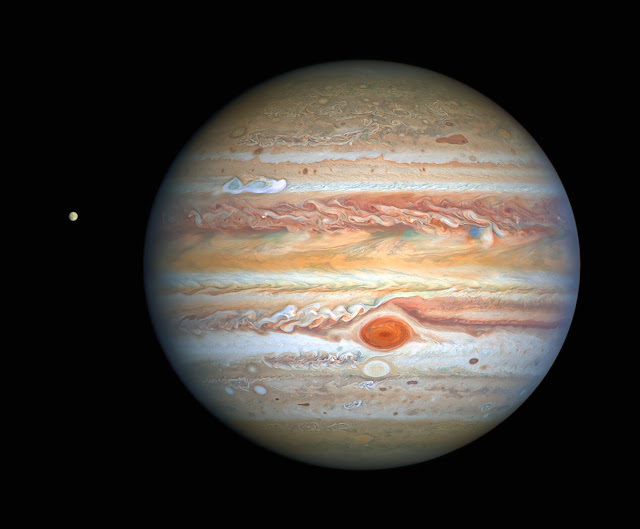Cygnus Space Freighter Arrival | International Space Station
Northrop Grumman's Cygnus space freighter approached the International Space Station (ISS) and then was gripped by the Canadarm2 robotic arm as both spacecraft orbited 262 miles above the North Atlantic. This is Northrop Grumman’s 17th contracted resupply mission under the second Commercial Resupply Services contract with NASA. NASA astronaut Raja Chari commanded the Canadarm2 robotic arm to capture the U.S. cargo craft. Robotics controllers on the ground took over shortly afterwards and remotely guided the Canadarm2 with Cygnus attached and installed it to the Unity module to begin three months of cargo operations.
Cygnus launched atop an Antares rocket at 12:40 p.m. EST Saturday, Feb. 19, 2022, from NASA’s Wallops Flight Facility in Virginia. At about 4:44 a.m., NASA astronaut Raja Chari, along with NASA astronaut Kayla Barron as backup, captured Cygnus, carrying 8,300 pounds of research, hardware, and science experiments to the International Space Station.
Highlights of ISS research facilitated by this mission include:
- a study that examines the effects of a drug on breast and prostate cancer cells
- a new combustion facility
- an investigation from Colgate-Palmolive that will leverage the acceleration of skin aging in microgravity to help create and validate an engineered tissue model to serve as a platform for testing potential products to protect aging skin
- a demonstration of a lithium-ion secondary battery capable of safe, stable operation under extreme temperatures and in a vacuum environment
- new hydrogen sensors that will be tested for the space station’s oxygen generation system
- a system that will test hydroponic and aeroponic techniques for plant growth and will allow scientists to observe root growth through video and still images
Each Cygnus spacecraft is named in honor of an individual who has made great contributions to human spaceflight. For the NG-17 mission, Cygnus celebrates Piers Sellers, a former NASA astronaut and renowned climate scientist.
Cygnus will remain at the International Space Station until May 2022 before it deploys CubeSats, then disposes of several thousand pounds of trash during its re-entry into Earth’s atmosphere, which will result in its destruction.
Credit: NASA/JSC
Image Capture Date: February 21, 2022
#NASA #Space #ISS #Science #Earth #Space #Freighter #Cygnus #PiersSellers #Resupply #Cargo #Commercial #NorthropGrumman #CRS2 #Astronauts #UnitedStates #Expedition66 #Human #Spaceflight #Spacecraft #Photography #STEM #Education #OrbitalPerspective #OverviewEffect

























